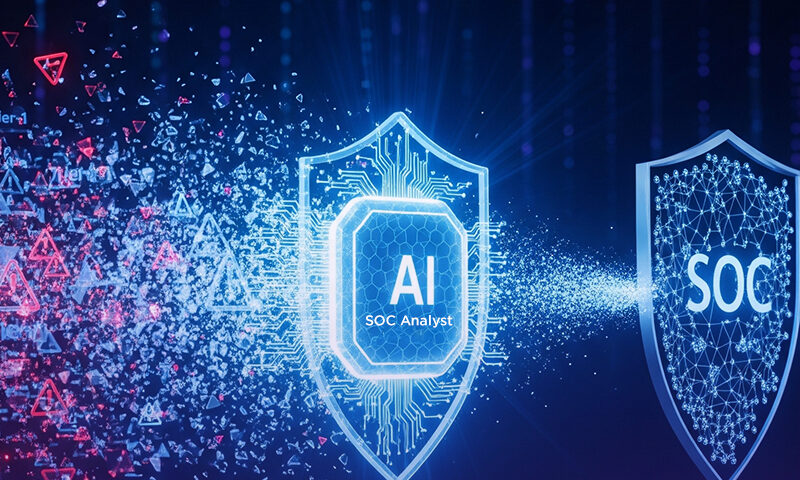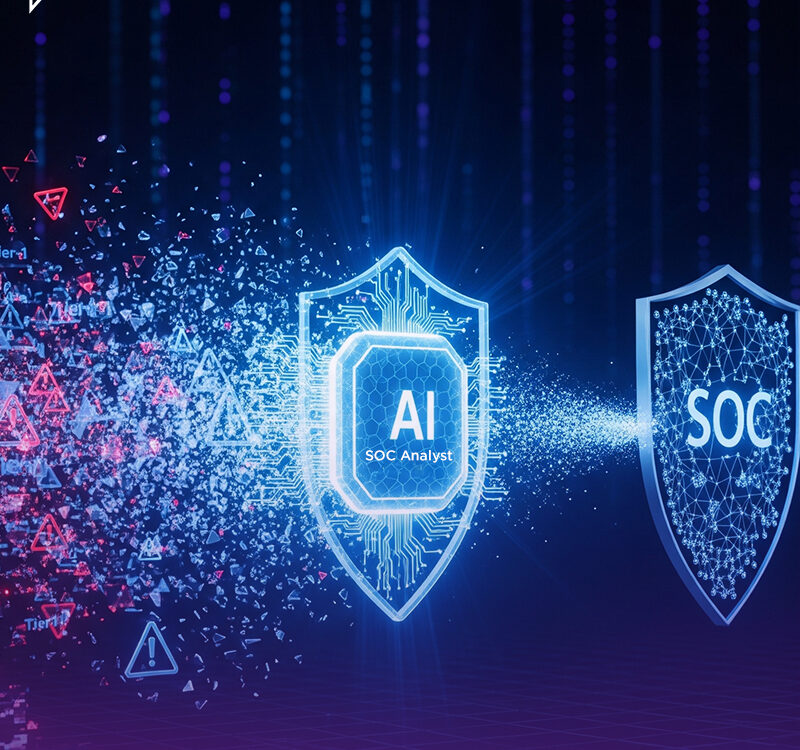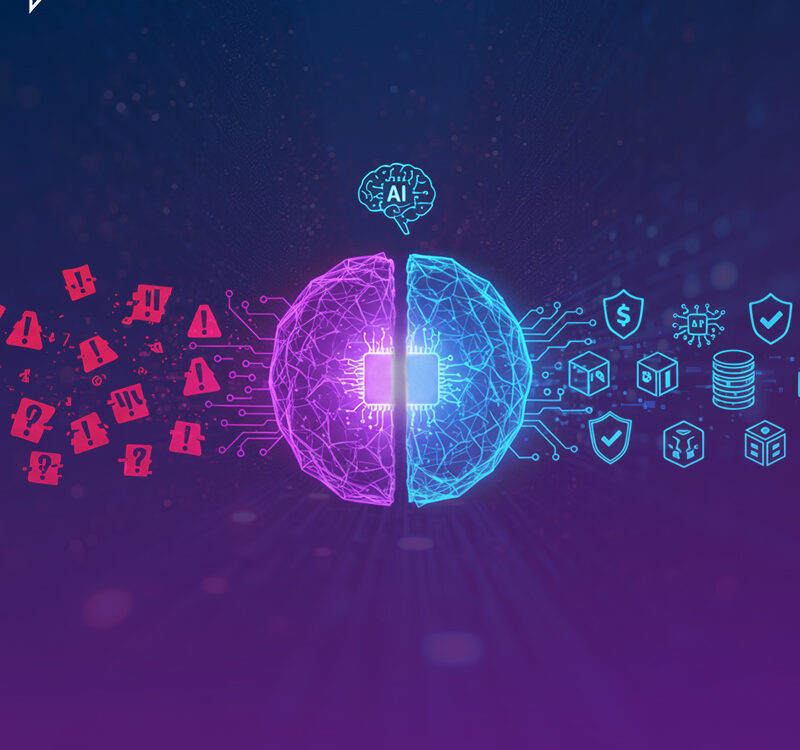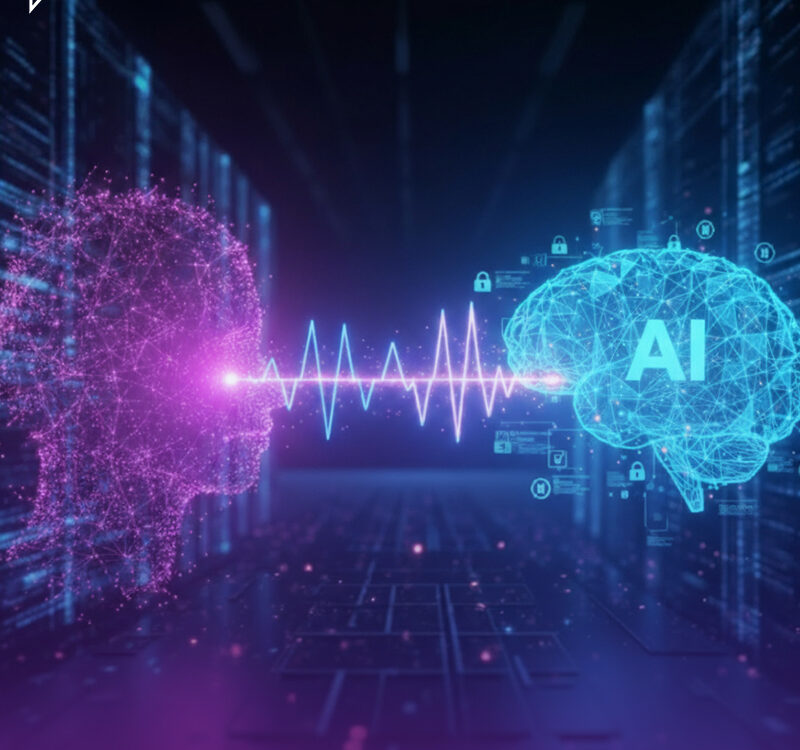
MTTR, Burnout, and Budget: The Hidden Cost of Holding Onto L1 Analysts
June 20, 2025
What Is Retrieval-Augmented Generation (RAG) and Why It Matters in Cybersecurity Operations
June 22, 2025
MTTR, Burnout, and Budget: The Hidden Cost of Holding Onto L1 Analysts
June 20, 2025
What Is Retrieval-Augmented Generation (RAG) and Why It Matters in Cybersecurity Operations
June 22, 2025Table of contents
Introduction: Why “Smart” Isn’t Always Secure
At first glance, the AI assistant seemed confident. A 3:14 a.m. login alert was flagged, analyzed, and marked low priority. Routine, harmless. But by the time human analysts revisited it, the intruder had already pivoted, escalating privileges, exfiltrating data, and slipping deeper into the environment.
This wasn’t an intelligence failure. It was a context failure.
Today’s large language models (LLMs) are trained to sound smart, but sounding smart isn’t the same as being situationally aware. Traditional LLMs operate on stale, static data, oblivious to the realities of an evolving threat landscape. They respond from memory, not from what’s happening now.
Enter Retrieval Augmented Generation (RAG): An architecture that anchors AI outputs in real, current, and contextual knowledge. It’s not a tweak. It’s a turning point, especially for cybersecurity, where a good guess can be a costly mistake.
The Problem with Traditional LLMs in Security
Most LLMs are trained once, then deployed as static models. While they can mimic intelligence impressively, they often struggle in security environments where accuracy, context, and timeliness are everything.
Here’s why that’s a problem:
Hallucination: LLMs can produce entirely fabricated information, delivered with confidence.
Outdated Knowledge: A model trained on 2023 data won’t know about CVEs from last month.
Context Blindness: Generic AI doesn’t understand your organization’s environment—your logs, your tools, your threat landscape.
In high-stakes environments like a SOC, an incorrect answer isn’t just wrong—it’s potentially costly.
Enter Retrieval Augmented Generation (RAG)
RAG is a framework that grounds AI responses in up-to-date, relevant information.
Instead of relying solely on what the model remembers, RAG systems:
- Retrieve the most relevant documents (e.g., threat feeds, past incidents, SIEM logs)
- Feed those documents into the LLM as context
- Generate a response that is tailored to both the query and the real-world data
This shifts the AI from a static memory bank to a dynamic, real-time assistant. Think of it as a researcher with access to the right library, delivering not just answers, but answers with citations.
What RAG Fixes in the SOC
Real Time Threat Intel Integration
Traditional LLMs can’t see new threats unless retrained. RAG pulls from live feeds like MITRE ATT&CK, CVE databases, and vendor advisories. This means AI can reason about emerging threats as soon as they’re published.
Context Aware Summaries
Rather than generating vague summaries from templates, RAG powered systems pull details from past cases, SIEM alerts, and IR tickets to build precise incident narratives.
Smarter Playbooks
When faced with a lateral movement alert, the system doesn’t just follow a fixed playbook. It pulls in past responses to similar incidents, understands current configurations, and recommends next steps aligned with both history and risk posture.
Example
Without RAG: AI suggests isolating a host without realizing it’s a production database.
With RAG: AI sees it’s a production DB, references similar past events, and recommends notifying DB admin first while initiating lateral containment elsewhere.
RAG Isn’t Just Accurate, It’s Explainable
Cybersecurity demands auditability. Every decision needs a why.
RAG systems:
Provide links to source documents.
Show the evidence trail used for a response.
Enable security teams to trace how conclusions were formed.
This transparency builds trust both within the SOC and with external auditors.
Where to Begin: Laying the Foundation for RAG
RAG isn’t plug and play. To make it work:
- Centralize Knowledge: Bring your runbooks, alerts, asset inventory, and threat intel into a searchable format
- Clean & Tag Data: Structure and enrich internal data so retrieval layers can interpret it meaningfully
- Choose the Right Stack: Look for platforms or vendors that support RAG natively, or explore building a custom layer with vector databases and secure embedding models
- Keep Humans in the Loop: Let analysts verify, override, and feedback into the system to improve precision
Conclusion: Stop Guessing, Start Grounding
Security AI has evolved, but without grounding, it’s still guessing. RAG doesn’t just improve accuracy, it brings accountability, currency, and context to every AI driven decision.
In cybersecurity, the smartest tool isn’t the one that talks the best—it’s the one that knows what it’s talking about. Retrieval Augmented Generation is how we close the gap between potential and precision.
It’s not about the future of AI. It’s about making AI useful, today.




